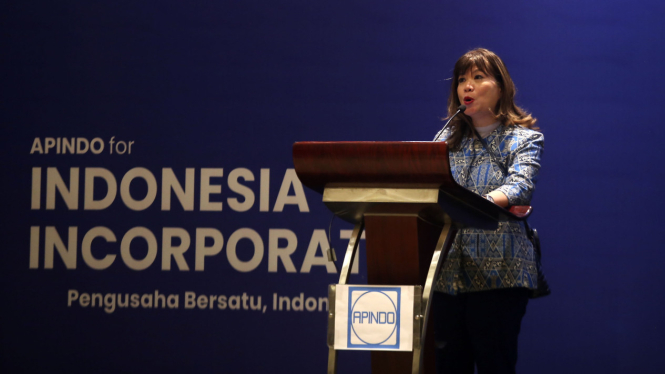All about Prosopagnosia: Inability to Recognize Familiar Faces
- Getty Images
VIVA – Some people struggle throughout their lives with a confusing condition known as developmental prosopagnosia, where familiar faces look unfamiliar or recognizable. Some who have so-called face-blind people cannot even recognize themselves in a mirror.
People with prosopagnosia have difficulty distinguishing between faces and recognizing the identity of people they know, even those they see frequently. Prosopagnosia is typically caused by damage or dysfunction in the fusiform gyrus, a region of the brain that is involved in face processing.
Nowadays, most studies estimate that around 2 to 2.5 percent of the world's population has some form of such cognitive impairment. But according to new research from Harvard University, it may not be as rare as we previously thought.
As the condition has gained greater media attention in recent years, more people have come forward to express their struggles with face blindness.
Ilustrasi sekumpulan manusia.
- arab-hams.com
More than half of those who think they were born with the condition don't meet the most common diagnostic standards. These milder cases are not included in the research, and yet they stand out at a population level.
When researchers at Harvard gave a variety of rests and questionnaires on facial recognition to more than 3,100 adult participants in the United States, they found a cluster of people who scored quite poorly.
Depending on which diagnostic cut-offs were used for face blindness (of which there are many), the authors found the condition ranged from a prevalence of 0.13 percent up to 5.42 percent.
Today, the most common diagnostic standards are quite strict, typically including a combination of self-reports and objective tests. In the Harvard study, this strict threshold produced a diagnostic rate of nearly one percent.
However, this group of patients did not necessarily score the worst on facial recognition tests. Some who were not diagnosed with prosopagnosia under this strict criterion performed worse than those who were.
The findings suggest face blindness exists on a spectrum, like many other developmental disorders, such as autism and multiple sclerosis. In total, researchers at Harvard identified 31 individuals who had major prosopagnosia and 72 individuals who had mild prosopagnosia. Together, that represents 3 percent of the entire sample size.
Expanded to a population level, that's roughly 10 million Americans who may suffer from face blindness, millions of whom are currently left out of the picture, "This is important on several levels," explains psychiatrist Joseph DeGutis from Harvard.
"First, the majority of researchers have used overly strict diagnostic criteria and many individuals with significant face-recognition problems in daily life have been wrongly told they do not have prosopagnosia." He added.
If scientists working on face blindness loosen these parameters, more people who struggle with facial recognition might seek out workarounds and tricks to help them identify faces. And as long as these milder cases are included alongside more severe cases in research, they do not seem to significantly dilute the overall pool of patients.
"This provides support for (developmental prosopagnosia) existing on a continuum rather than representing a discrete group. This finding provides preliminary support for the assertion that using more relaxed diagnostic criteria does not appreciably change the nature of the disorder being studied," Scientists at Harvard stated.
Another paper published at the end of 2022 makes a similar argument. Loosening the diagnosis for face blindness is more inclusive, the authors argue, and will ultimately expand our limited knowledge of the disorder.





















